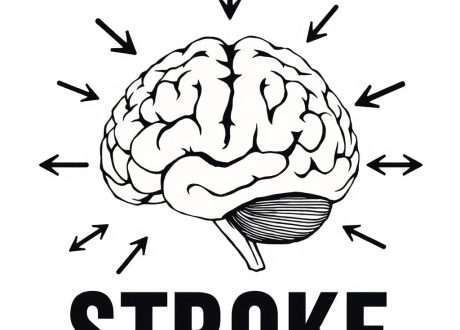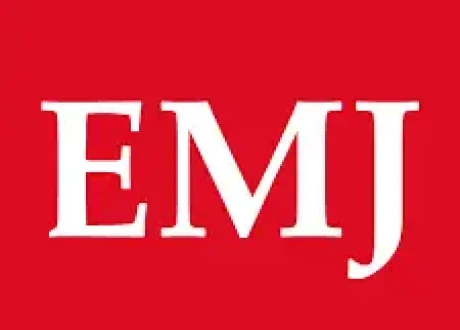Abstract.
Objectives.┬аTo evaluate the predictive accuracy of the scoring system Rapid Acute Physiology score (RAPS) in nonsurgical patients attending the emergency department (ED) regarding inРђљhospital mortality and length of stay in hospital (LOS), and to investigate whether the predictive ability of RAPS could be improved by extending the system.
Design.┬аProspective cohort study.
Setting.┬аAn adult ED of a 1200Рђљbed university hospital.
Subjects.┬аA total of 12РђЃ006 nonsurgical patients presenting to the ED during 12 consecutive months.
Methods.┬аFor all entries to the ED, RAPS (including blood pressure, respiratory rate, pulse rate and Glasgow coma scale) was calculated. The RAPS system was extended by including the peripheral oxygen saturation and patient age (Rapid Emergency Medicine score, REMS) and this new score was calculated for each patient. The statistical associations between the two scoring systems and inРђљhospital mortality as well as LOS in hospital were examined.
Results.┬аThe REMS was superior to RAPS in predicting inРђљhospital mortality [area under receiver operating characteristic (ROC) curve 0.852РђЃ┬▒РђЃ0.014 SEM for REMS compared with 0.652РђЃ┬▒РђЃ0.019 for RAPS,┬аPРђЃ<РђЃ0.05]. An increase of 1Рђљpoint in the 26Рђљpoint REMS scale was associated with an OR of 1.40 for inРђљhospital death (95% CI: 1.36РђЊ1.45,┬аPРђЃ<РђЃ0.0001). Similar results were obtained in the major patient groups (chest pain, stroke, coma, dyspnoea and diabetes), in all age groups and in both sexes. The association between REMS and LOS was modest (rРђЃ=РђЃ0.47,┬аPРђЃ=РђЃ0.0001).
Conclusions.┬аThe REMS was a powerful predictor of inРђљhospital mortality in patients attending the ED over a wide range of common nonsurgical disorders.
Rapid Emergency Medicine score_ a new prognostic tool for in-hospital mortality in nonsurgical emergency department patients ОюОъОљОъОе ОЉPDF










